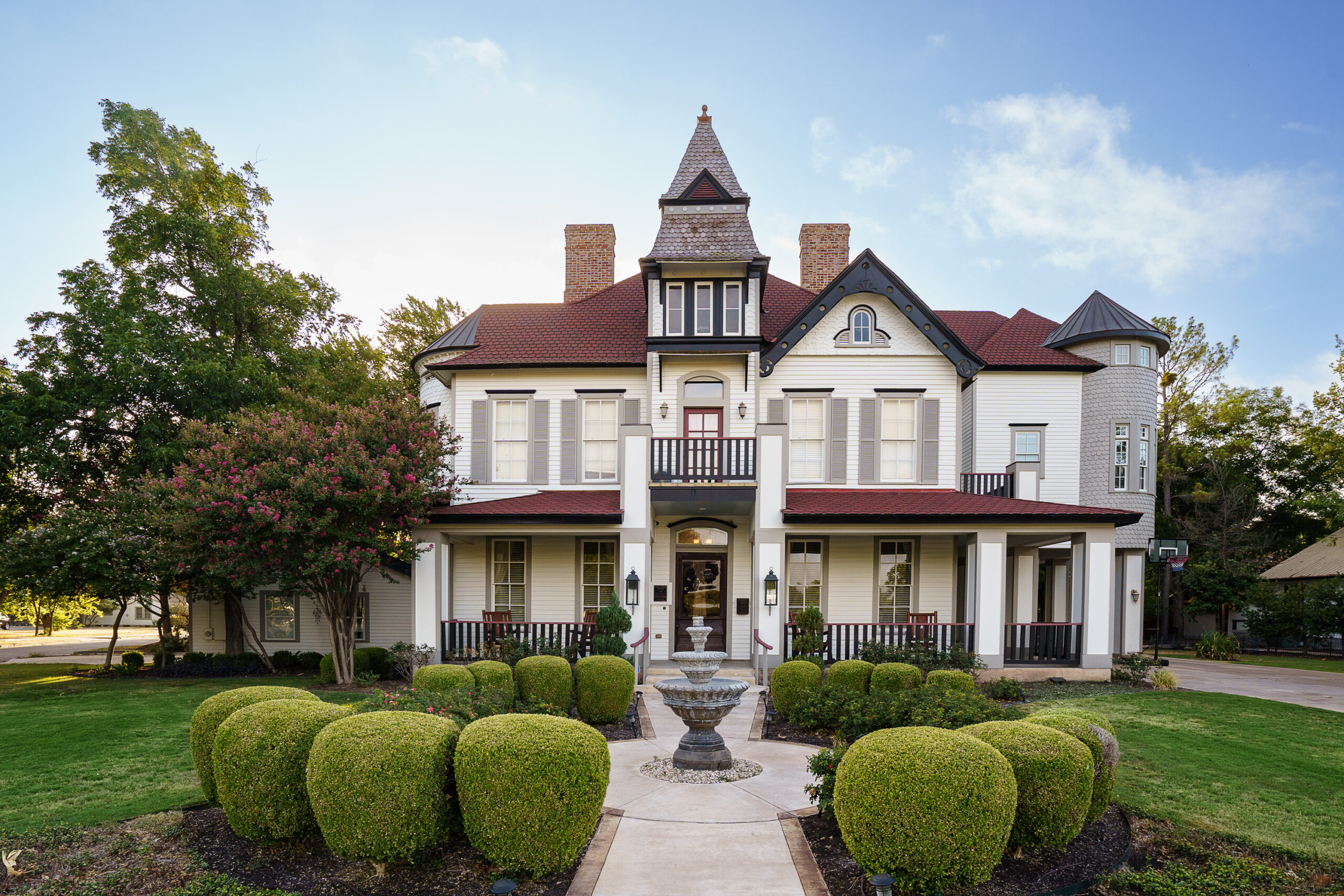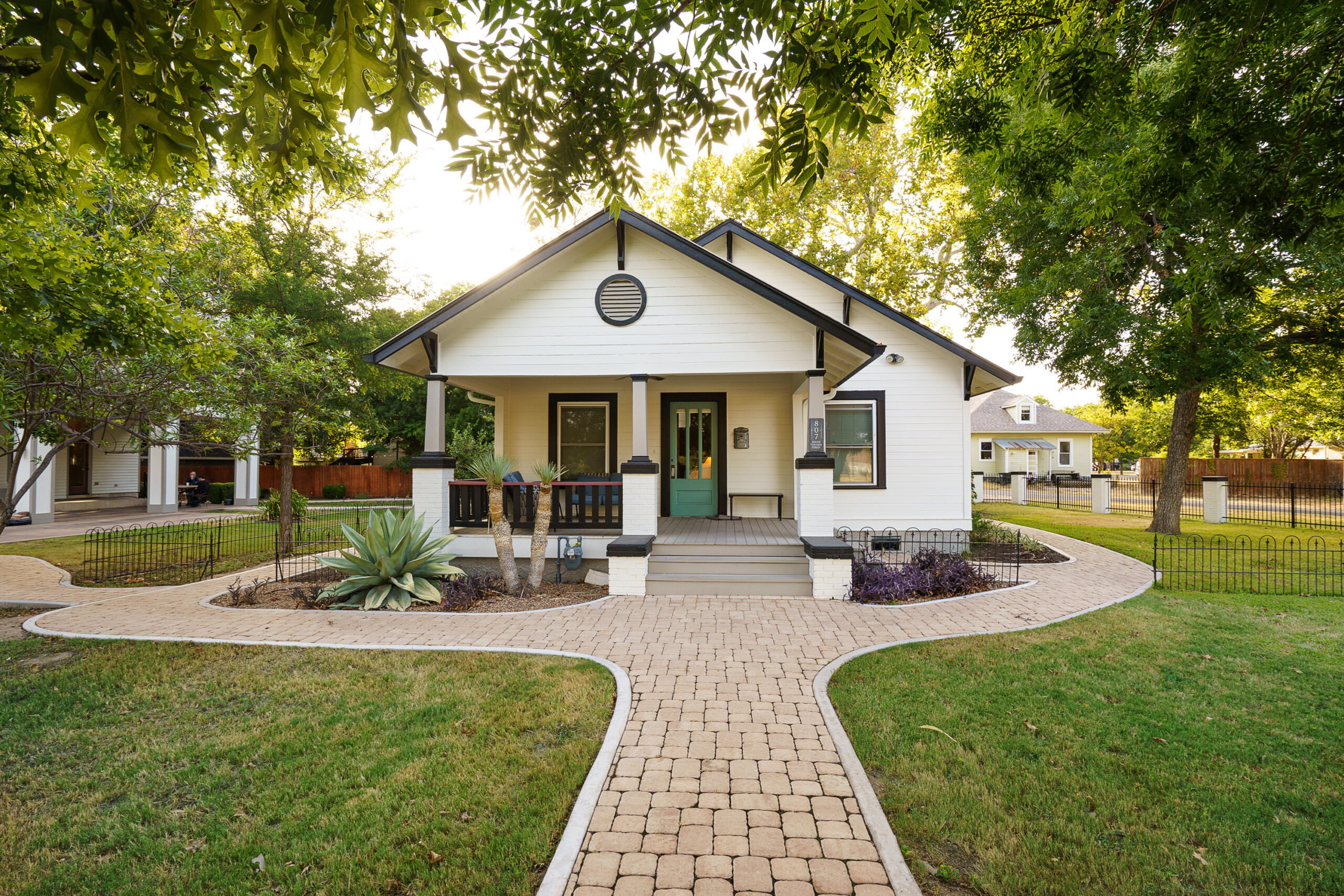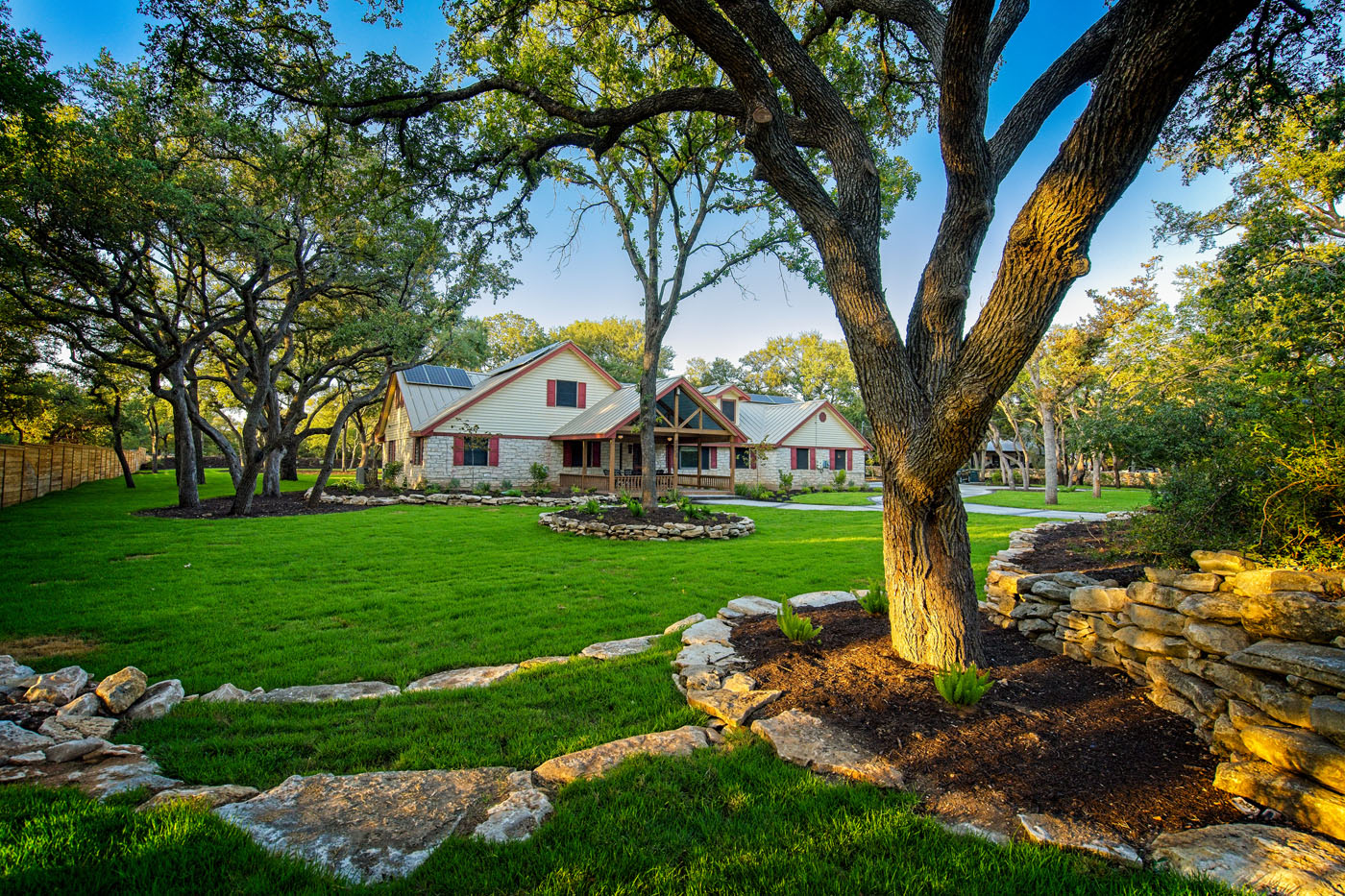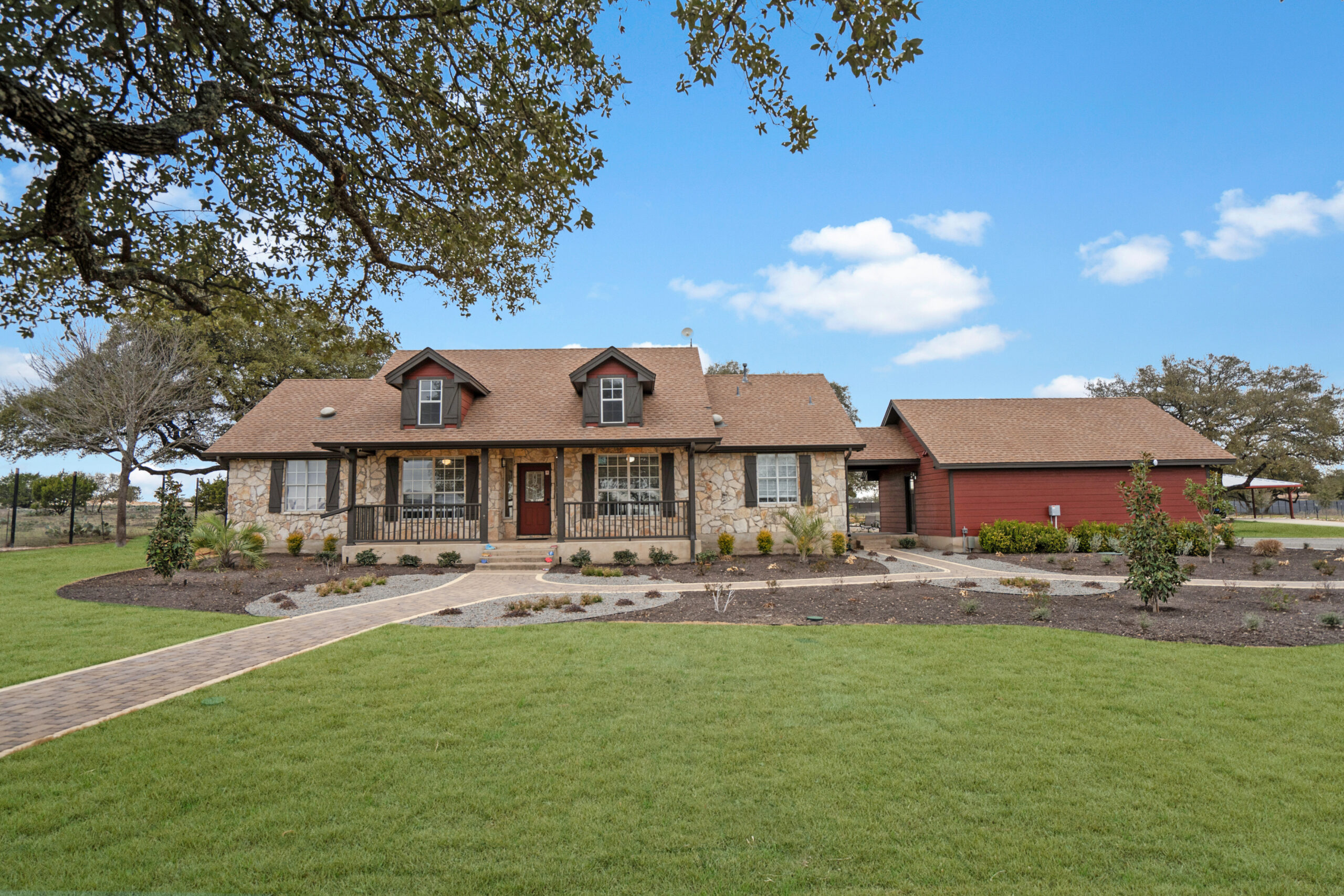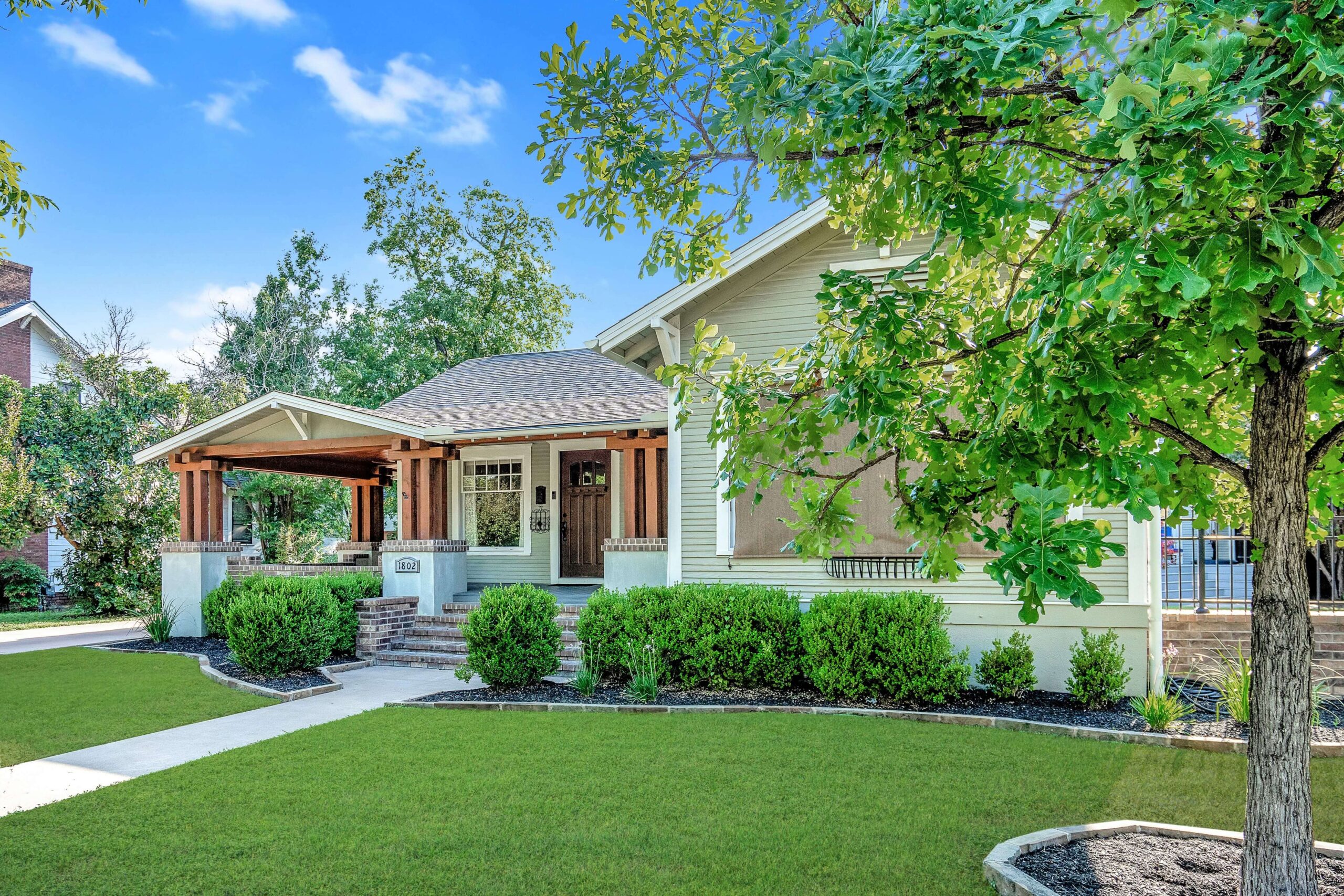Exploring Options in Schizophrenia Care
As a professional with two decades of experience in mental health care, I have witnessed firsthand the transformative impact that residential facilities for schizophrenia can have on individuals and their families. These specialized environments offer a lifeline for those navigating the complexities of schizophrenia.
Unlike more generalized psychiatric settings, a dedicated residential facility for schizophrenia tailors its approach to meet the unique needs of those living with this condition. From structured daily routines to multifaceted therapy, these facilities focus on fostering stability and independence.
Why Choose a Residential Facility for Schizophrenia?
Choosing the right care environment is crucial. A residential facility for schizophrenia provides a stable and supportive atmosphere, typically offering 24/7 care–often a critical element for those with severe symptoms. This continuous care is complemented by comprehensive treatment plans that address both the medical and psychosocial aspects of schizophrenia.
Facilities like Alta Loma take a holistic approach, offering therapy, medication management, and community integration efforts, which are essential for long-term recovery and stability. In my experience, clients who benefit from this integrated approach show improvements in both their mental health and overall quality of life.
Overcoming Common Challenges
One major challenge in schizophrenia care is maintaining medication adherence. In a residential setting, medication management is woven into the daily routine, reducing the risk of missed doses and promoting better health outcomes. This level of structured care ensures a consistent therapeutic environment.
Moreover, addressing the social aspects of mental health is a pivotal part of treatment. Residential facilities provide opportunities for social engagement and skill-building activities, which are vital for those who might otherwise feel isolated. These structured interactions help residents develop confidence and a sense of community.
What Makes a Facility Effective?
An effective residential facility for schizophrenia is one that incorporates evidence-based practices and personalizes treatment plans. Such facilities engage a multidisciplinary team of experts, from psychiatrists to social workers, ensuring a well-rounded approach to care.
Additionally, a focus on continuous professional development for staff ensures that treatment methods are current and effective. Facilities that excel are those that keep abreast of new research and integrate innovative therapies into their care programs.
How to Choose the Right Facility
When evaluating a residential facility for schizophrenia, consider these key steps:
- Research: Gather detailed information about potential facilities, including treatment approaches and staff qualifications.
- Visit: Arrange a visit to experience the environment and speak with staff and current residents.
- Assess: Evaluate the range of services offered, ensuring they align with your or your loved one’s needs.
- Inquire: Ask about family involvement and support opportunities, which are crucial for long-term success.
These steps, combined with a careful consideration of the individual’s specific requirements, can guide you to a suitable choice.
What Qualifies as Emergency Care in a Residential Facility?
Emergency care in a residential facility for schizophrenia typically involves immediate interventions to address acute episodes of psychosis or significant changes in behavior. Such care is vital for stabilizing residents and preventing escalation.
The process often includes medication adjustments, increased monitoring, and possibly a temporary transfer to a hospital for more intensive care. Facilities are equipped to handle these situations efficiently, ensuring the safety and well-being of residents at all times.
- Immediate assessment by a medical professional
- Collaboration with external healthcare providers if necessary
- Communication with family members to keep them informed
Understanding the protocols in place can provide peace of mind for families, knowing their loved ones are in capable hands.
What qualifies as emergency care in a residential setting for individuals with schizophrenia?
Emergency care in a residential facility often involves immediate intervention to stabilize acute psychotic episodes or significant behavioral changes. For example, suppose a resident begins experiencing intense hallucinations or delusions. In that case, the staff–trained to handle such crises–will swiftly conduct a medical assessment and decide on the best course of action. This might include adjusting medication, increasing staff monitoring, or, if necessary, facilitating a temporary hospital transfer. Communication with family members is vital during such incidents to ensure they’re informed and involved. By understanding these protocols, families can rest assured knowing their loved ones are in capable hands and that the environment is designed to address emergencies efficiently.
How do residential facilities help with medication management challenges for individuals with schizophrenia?
Medication adherence is a major hurdle for many living with schizophrenia. In a residential setting, medication management is seamlessly integrated into daily routines, significantly lowering the risk of missed doses. The structured environment ensures consistent medication intake, which is crucial for stabilizing mental health. Imagine someone like Tom, who’s struggled with remembering his medication schedule. In a residential facility, staff would assist Tom in adhering to his regimen, improving his medical outcomes. Beyond this, facilities often educate residents about the importance of medications, empowering them to understand and manage their treatment plans better. This holistic approach not only supports physical health but also bolsters confidence in the residents’ ability to lead independent lives.
What characteristics make a residential facility for schizophrenia effective?
A truly effective residential facility for schizophrenia is guided by evidence-based practices and personalized care plans, recognizing that each individual’s experience with schizophrenia is unique. A multidisciplinary team–comprising psychiatrists, therapists, and social workers–ensures a comprehensive approach to treatment. For instance, facilities like Alta Loma emphasize continuous staff development, meaning care strategies are always current and effective. This dedication to learning and innovation allows facilities to incorporate the latest therapeutic techniques, thereby enhancing patient outcomes. Additionally, fostering a community atmosphere where residents can engage in social and recreational activities is crucial. These elements collectively create an environment conducive to both recovery and personal growth.
What should you consider when selecting a residential facility for schizophrenia?
Selecting the right facility involves several important steps. Start with thorough research to gather information about different facilities, focusing on their treatment approaches and the qualifications of their staff. Visiting potential facilities is crucial; it provides an opportunity to experience the environment firsthand and speak with staff and residents. Take time to evaluate the services offered, ensuring they meet the specific needs of the individual requiring care. Ask about family involvement opportunities, as active family participation can be integral to long-term recovery. These steps ensure that you choose a facility that not only aligns with medical needs but also personal values and goals, setting the foundation for a successful recovery journey.
How does a holistic approach benefit individuals in a residential facility for schizophrenia?
A holistic approach considers all facets of an individual’s well-being–mental, emotional, and social. This comprehensive form of care is integral in addressing the complexities of schizophrenia. Imagine Sarah, a resident who struggles with both social anxiety and medication management. At a facility like Alta Loma, she would receive not only medical treatment but also therapy sessions focusing on community integration and social skills development. This approach leads to improvements in her mental health and overall quality of life. By addressing the person as a whole, holistic care promotes long-term stability, helping residents like Sarah build the skills and confidence necessary to reintegrate into society successfully.
Why is continuous care important in a residential facility for schizophrenia?
Continuous care, often 24/7, is vital for individuals experiencing severe symptoms of schizophrenia. This consistent support provides a stable environment, reducing the likelihood of crises and ensuring immediate response to any changes in condition. Picture someone like John, who experiences unpredictable mood swings and delusions. In a residential facility, the presence of trained staff around the clock means that John can receive timely interventions, significantly reducing his distress and preventing escalation. Moreover, continuous care facilitates ongoing assessment and modification of treatment plans, ensuring they remain effective. This level of care supports not only crisis management but also promotes long-term recovery, ultimately offering a sense of security and hope for both residents and their families.
Residential facilities foster stability through structured daily routines, which provide predictability and reduce anxiety. For example, residents might start their day with a set schedule that includes medication, therapy sessions, and recreational activities. This routine mirrors what they might experience outside the facility, helping them transition more smoothly into independent living. Additionally, facilities encourage skill-building through group activities and individual coaching. Imagine Lisa, who’s learning to manage her symptoms and develop social skills. Through various programs and support systems, she gains confidence and becomes more self-reliant. This environment not only aids in managing schizophrenia but also prepares residents for reintegration into their communities, promoting lasting independence.
How does Alta Loma’s holistic approach specifically enhance schizophrenia treatment?
Alta Loma’s holistic approach is tailored to address the unique challenges faced by individuals with schizophrenia by focusing on both medical and psychosocial aspects. This method involves a blend of therapies like cognitive behavioral therapy, medication management, and community integration efforts. A resident might participate in a variety of activities–from nutritional planning to recreational therapy–that collectively contribute to their well-being. This comprehensive care model ensures that all aspects of a resident’s life are considered, including physical health, mental stability, and social connections. By offering such an integrated approach, Alta Loma aims to not only manage symptoms but also enhance overall quality of life, making the journey towards recovery more sustainable and fulfilling.

